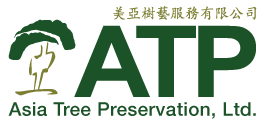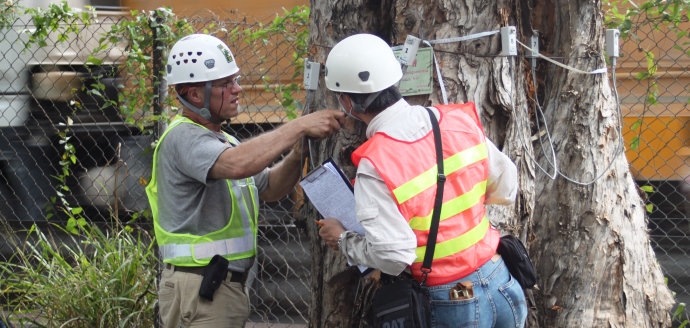Tree risk assessment is one of the core skills of the modern arborist. ATP offers a two-day course in which its qualified tree risk assessors prepare participants for the tree risk assessment qualification (TRAQ) exam and course offered by the International Society of Arboriculture (ISA).
Tree risk assessment is the method employed by arborists for determining how much danger a specific tree poses to the property and humans around it. The danger posed by a tree is expressed by its risk rating, which takes three sets of data into consideration:
- The likelihood that a tree or part of a tree will experience structural failure
- The size of the tree portion that might fail
- The property or people that are at risk, should tree failure occurIn addition to in-depth discussion of topics including tree biomechanics and wind load, this course covers the key points in the International Society of Arboriculture (ISA) Best Management Practices manual. It also explores the four primary methods for collecting data necessary for tree risk assessments. These methods can be used in isolation or in combination with one another, depending on a particular tree’s circumstances. Participants will be trained in the following skills:Ground inspection
Visual tree inspection at ground level.Aerial inspection
Ascending a tree with ropes or an aerial lift to inspect the tree’s crown.Trunk/limb inspection
Utilising state-of-the-art tools such as the Rinntech Arbotom® sonic tomograph or Rinntech Resistograph® to “look” inside a tree’s trunk or limb and locate hidden decay and invisible cavities or cracks.Root inspection
Utilising the Air-Spade® supersonic air jet digging tool, ground penetrating radar and Arboradix sonic tomography.Upon successful completion of this course, participants will be prepared to stand the ISA TRAQ exam and course, which is only open to certified arborists.

